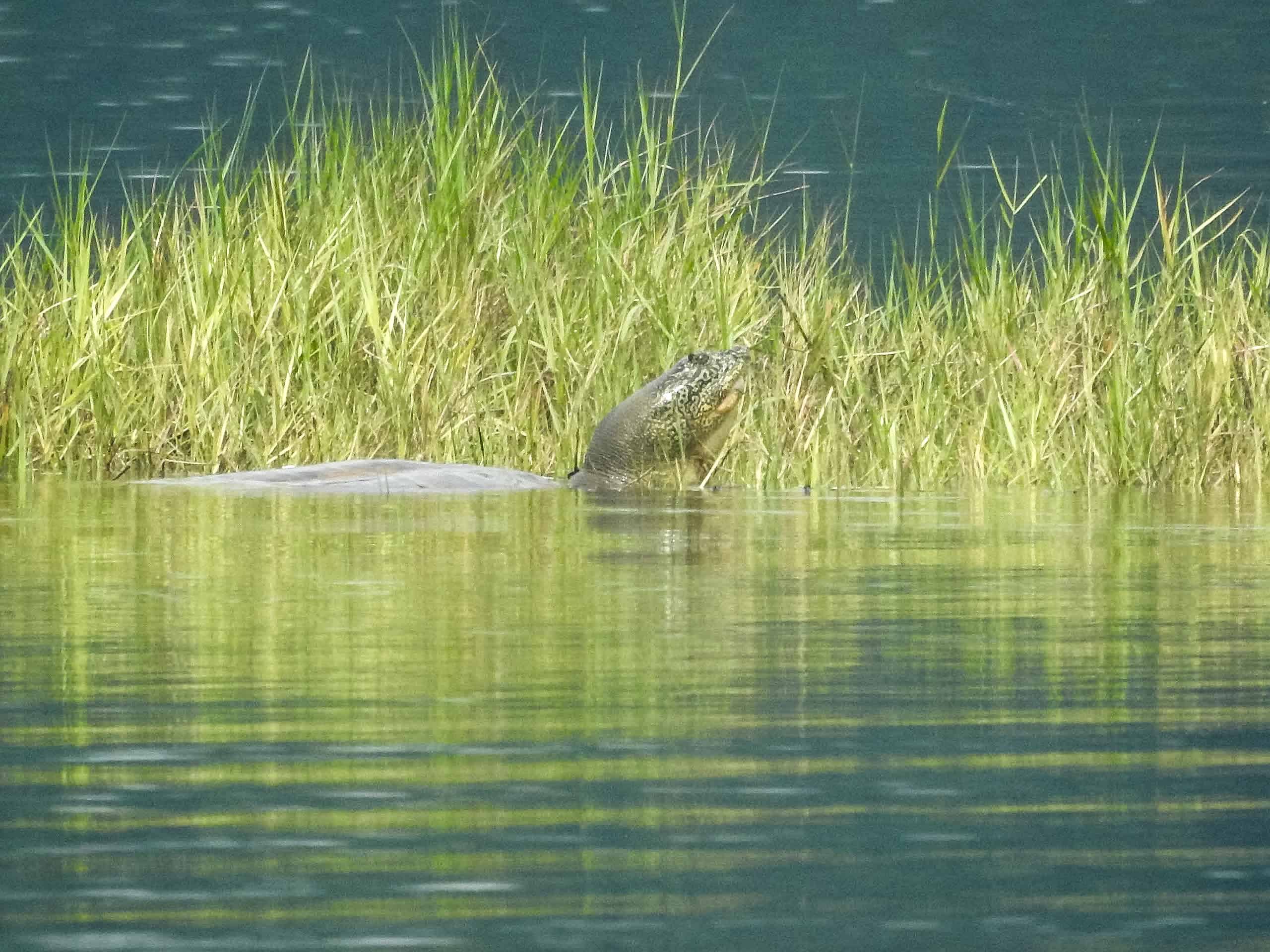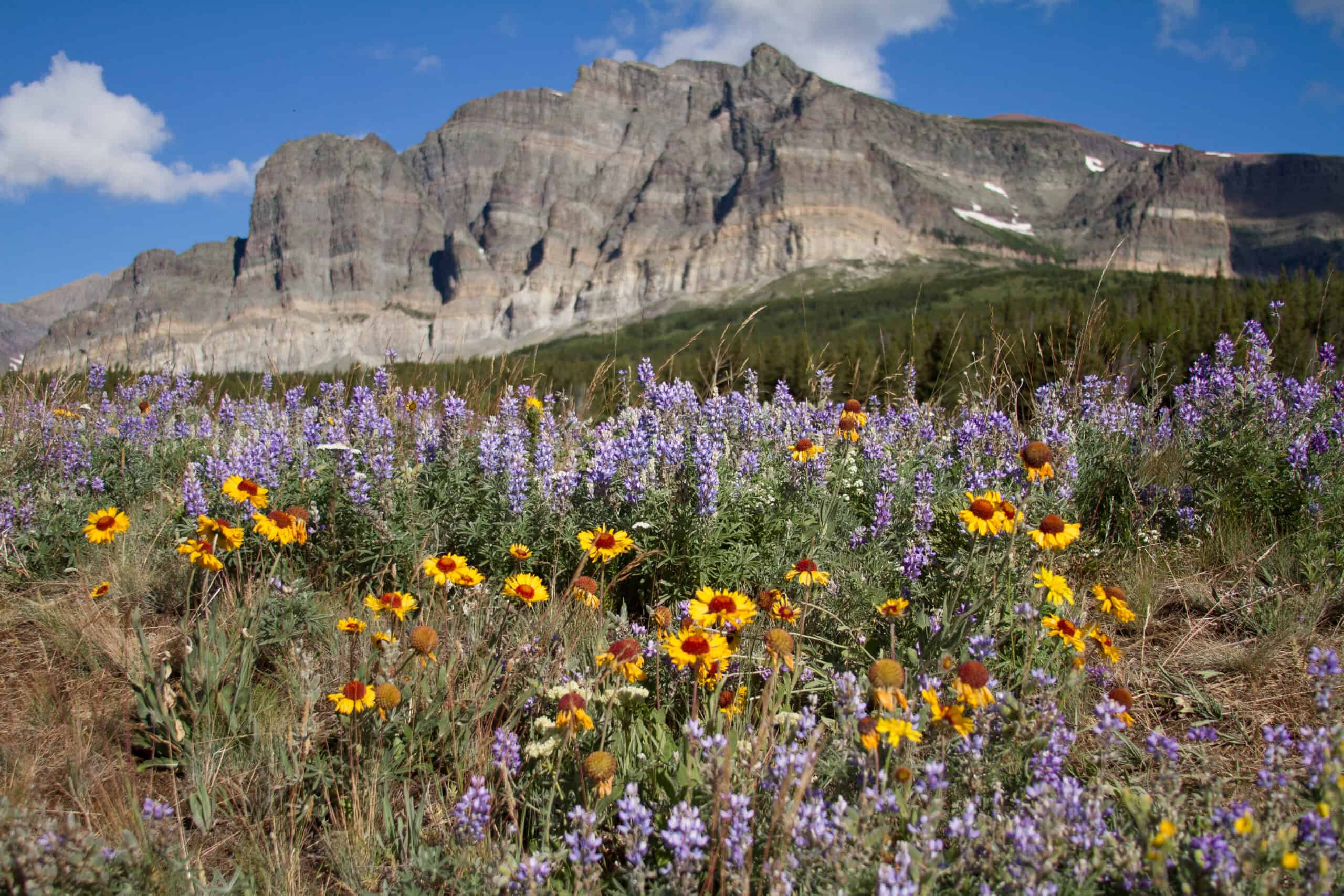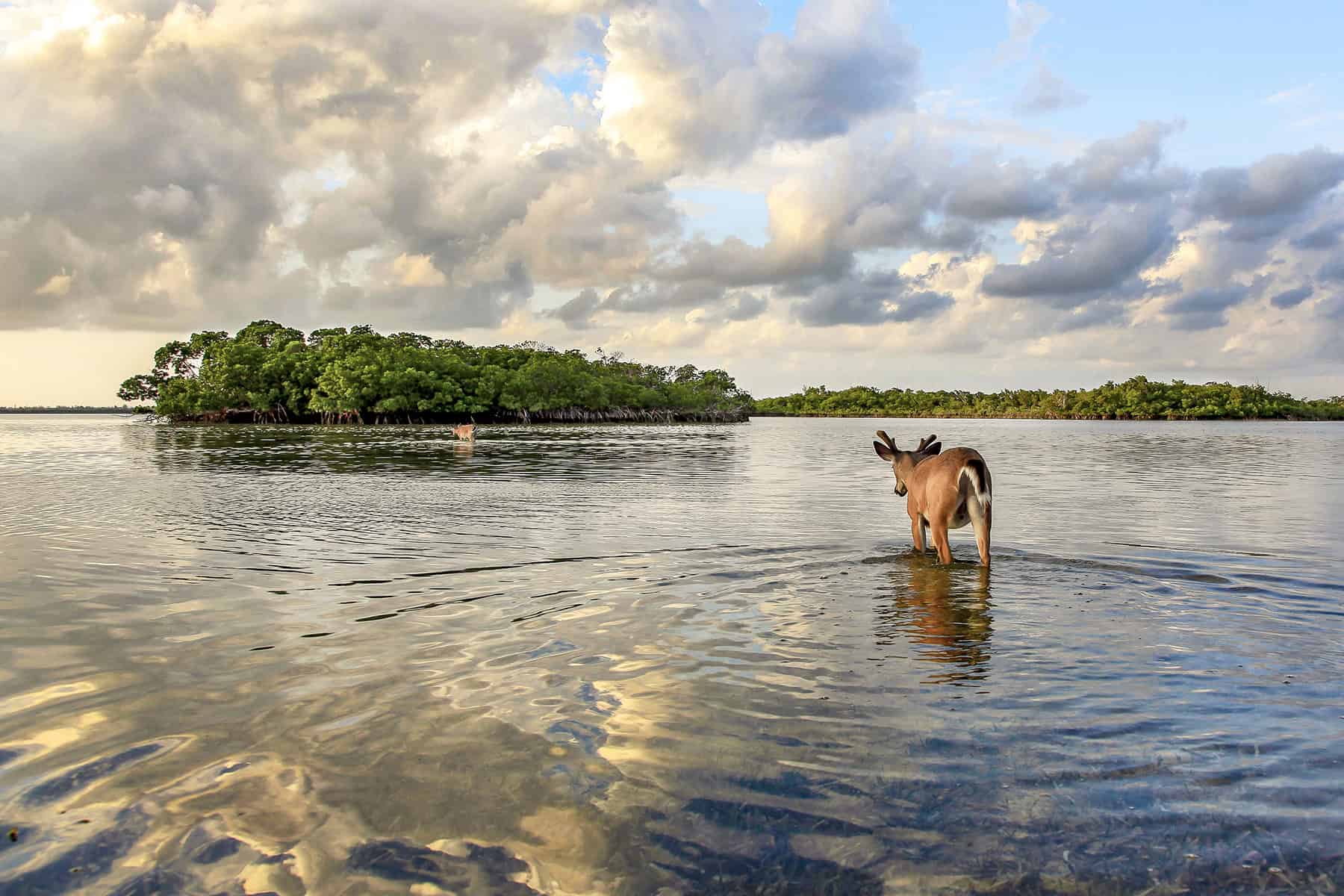Share this article
More deer may mean fewer songbirds
Large deer populations can be a nuisance for suburban drivers and gardeners, but new research shows they may also play a role in decreasing songbird populations.
“Some birds need low-lying vegetation for nesting and foraging,” said Vitek Jirinec, the lead author of a new study published in Landscape and Urban Planning, but deer tend to eat this vegetation. As a result, these birds “seem to have a negative relationship with deer densities,” he said.
The research team studied the effects of deer on bird numbers in two different areas — coastal Virginia, including the College of William and Mary, and inland Virginia, including the Shenandoah Valley. As part of the study, the researchers surveyed the birds using point counts and then counted deer pellets in the same areas. The team collected data in coastal Virginia for four years and inland for one year.
Jirinec and his team found many more deer in coastal Virginia compared to inland. Further, they found fewer songbird species, such as the hooded warbler (Setophaga citrina), white-eyed vireo (Vireo griseus) and the prairie warbler (Setophaga discolor), where they found larger numbers of deer. While the bird species are not listed as threatened, Jirinec said, the prairie warbler is declining in Virginia due to habitat loss there and in its wintering grounds in Central America and the Caribbean.
“People enjoy birds, but birds are also part of an ecosystem,” he said. “We disturbed the ecosystem by having deer populations go through the roof because we killed off mountain lions and red wolves and other predators feeding on deer.”
Header Image: White-eyed vireos are one of the songbirds affected by large deer populations in Virginia. ©Cameron Rutt








